One reason that historians give for the success of the CCC
is that many agencies had wish lists of project work they needed to accomplish
already written up when the CCC was created.
These wish lists often grew out of the years of neglect that was manifest
in our nation’s state and national forests and parks. These were truly shovel ready projects that
local officials already had in mind when the CCC was created in 1933.
Iowa is an example of a state that benefited tremendously
not simply from the work of the CCC, but because Iowa had a set of plans and
goals already in place or nearly in place in early 1933. Iowa was well positioned to utilize the
resources of the CCC immediately and as Rebecca Conrad points out in “The
Legacy of Hope from an Era of Despair: The CCC and Iowa State Parks”, President
Roosevelt was so impressed with Iowa’s long range plan, he instructed CCC
Director Robert Fechner to “Give Iowa all it wants.”
In Roosevelt’s Forest
Army, Perry Merrill notes that the average number of camps to operate in
Iowa was 29 with an average distribution in fiscal year 1937 as follows: State
Forest Camps: 1, Biological Survey Camps: 1, Soil Conservation Service Camps:
20, Agricultural Engineering Camps: 5 and State Park Camps: 8.
Merrill goes on to note that the aggregate number of Iowa
men who gained employment as a result of the CCC was 45,846, which included
41,190 junior and veteran enrollees, 60 Native American enrollees and 4,596
non-enrolled camp staff such as foremen and military officers.
Backbone State Park, Bixby State Park, Echo Valley State
Park and White Pine Hollow State Park are among the state parks to gain from
CCC work in Iowa (Merrill, p. 129). Ren
and Helen Davis list still further state parks with a CCC connection in their
recent book Our Mark on This Land: A Guide to the Legacy of the Civilian
Conservation Corps in America’s Parks; among them: Black Hawk State Park, Lake Wapello State
Park, Ledges State Park and Palisades-Kepler State Park. Among the specific improvements noted by the
Davis’s: park roads, picnic areas,
shelters, cabins, observation towers, entry portals and utility structures.
 The Annual Reports
offer another glimpse of CCC work carried out in the state of Iowa. For example, the fiscal year 1937 report notes
that the CCC built 3 foot bridges and 3 vehicle bridges in Iowa and if those
figures seem a bit on the low side, consider that in Iowa, CCC enrollees also
dug some 101,622 linear feet of diversion ditches that year, and CCC enrollees
moved and planted 250,191 trees and shrubs and they performed insect pest
control on some 18,000 acres of land in Iowa alone!
The Annual Reports
offer another glimpse of CCC work carried out in the state of Iowa. For example, the fiscal year 1937 report notes
that the CCC built 3 foot bridges and 3 vehicle bridges in Iowa and if those
figures seem a bit on the low side, consider that in Iowa, CCC enrollees also
dug some 101,622 linear feet of diversion ditches that year, and CCC enrollees
moved and planted 250,191 trees and shrubs and they performed insect pest
control on some 18,000 acres of land in Iowa alone!
The 1939 Annual Report
records 4 foot and horse bridges and 5 vehicle bridges built by the CCC along
with 61,877 linear feet of diversion ditches and 144,001 trees and shrubs moved
and planted and insect pest control
conducted on 4,934 acres during the same reporting period.
Happy Days, the
official newspaper of the CCC reported the deaths of at least 6 enrollees in
Iowa camps between 1933 and 1940.
Company 1757 at Bedford, Iowa suffered the loss of two enrollees. The January 9, 1937 issue of Happy Days documented the death of
enrollee George Griffith, who was killed in a truck crash. Almost 3 years later, enrollee Frank Coates,
also with Company 1757 at Bedford, was killed in an automobile accident while
absent from the camp without authorization, according to the October 13, 1939
issue of Happy Days.
Sources
Conrad, Rebecca, The Legacy of Hope from an era of
Despair: The CCC and Iowa State Parks,
from Books at Iowa 64, April 1996,
The University of Iowa. Available online
here: http://www.lib.uiowa.edu/spec-coll/bai/conard.htm
Davis, Ren & Helen, Our
Mark on This Land: A Guide to the Legacy
of the Civilian Conservation Corps in America’s Parks, 2011, The McDonald
& Woodward Publishing Company.
Merrill, Perry H, Roosevelt’s
Forest Army, 1981, Perry H. Merrill, Publisher.
U.S. Government Printing Office, Annual Report of the Director of Emergency Conservation Work, Fiscal
Year Ended June 30, 1937.
Copyright, 2013, Michael I. Smith


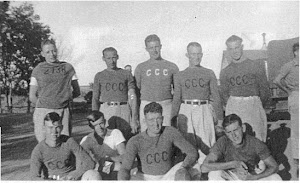

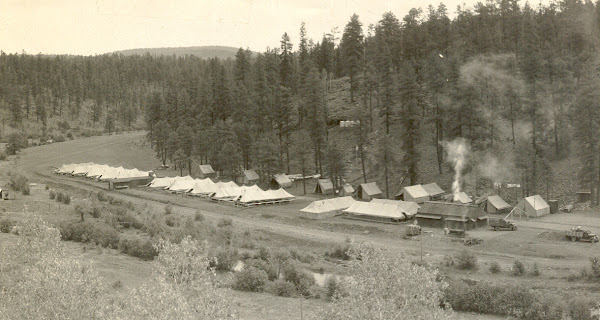

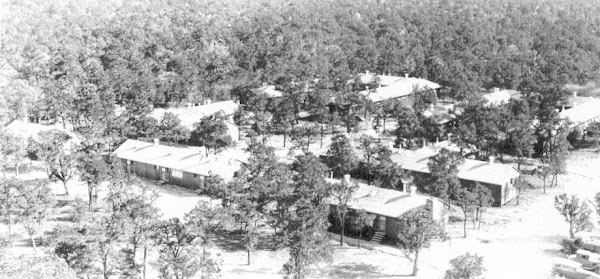



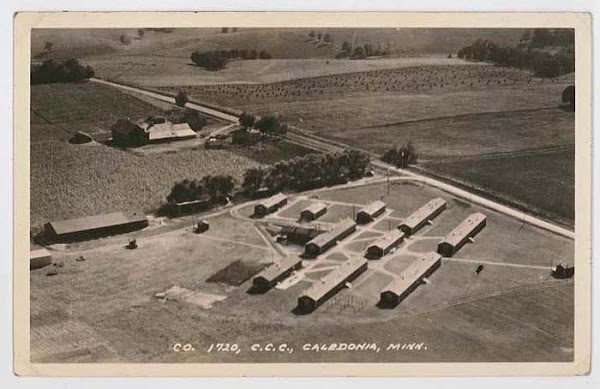
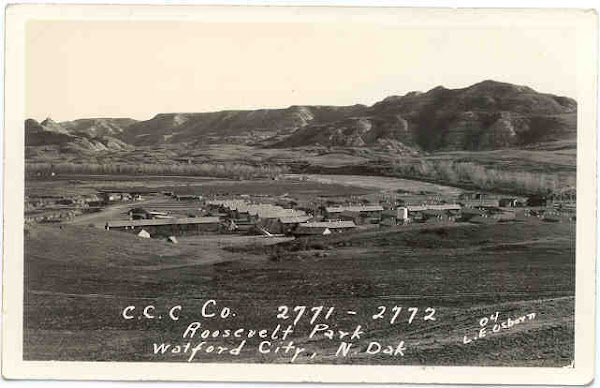
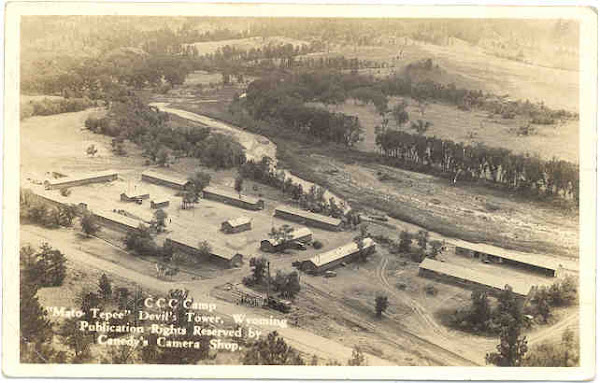
No comments:
Post a Comment